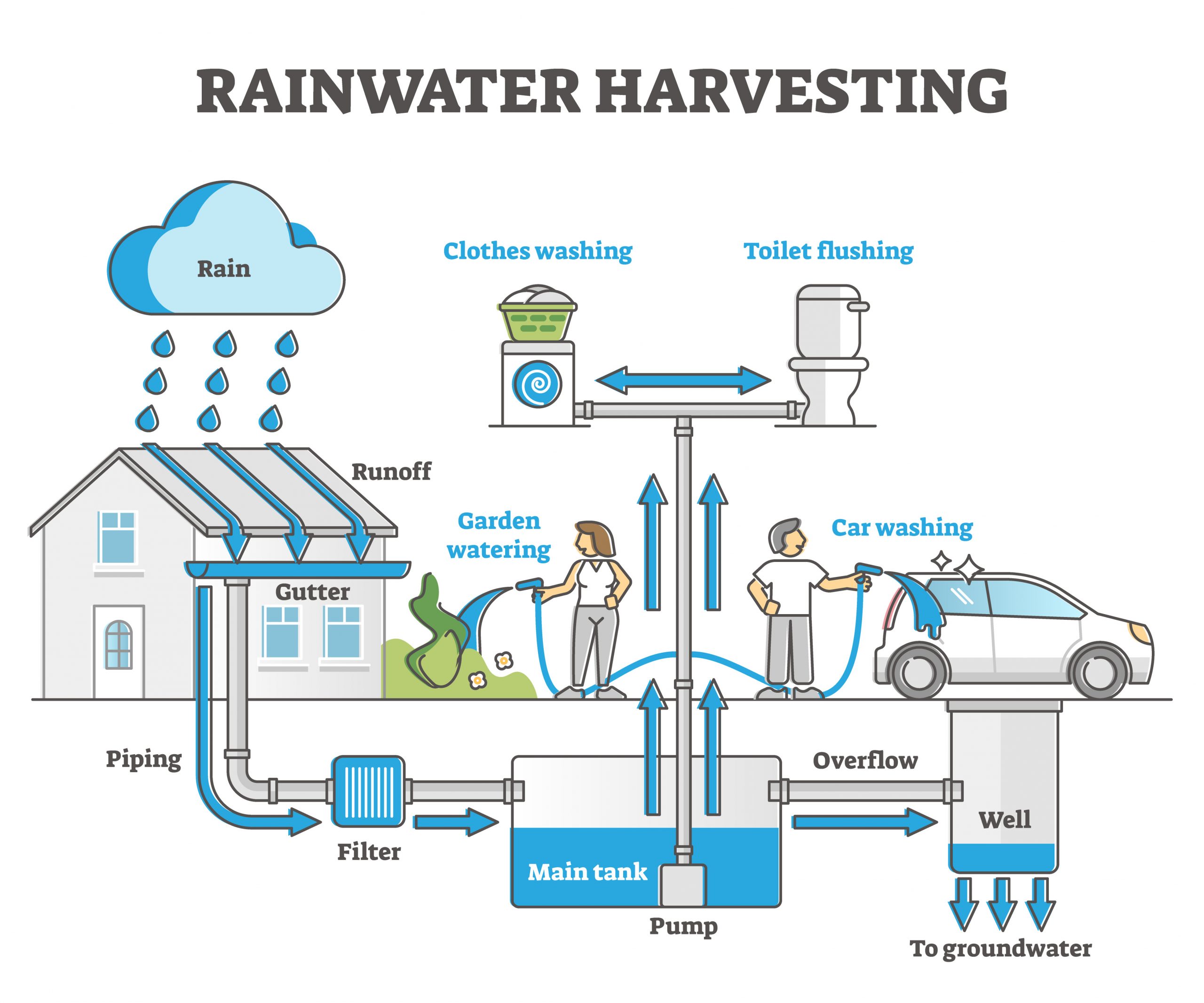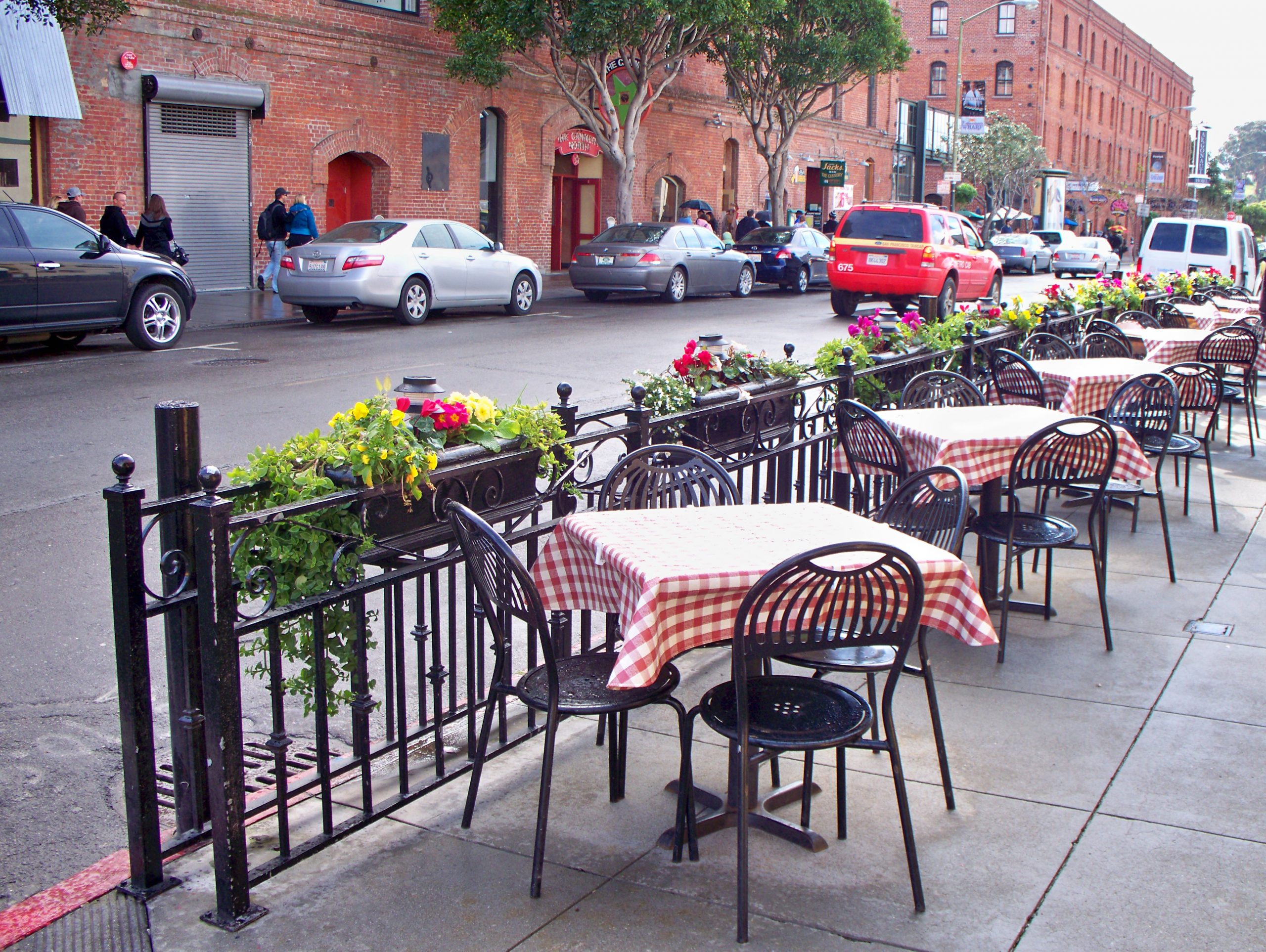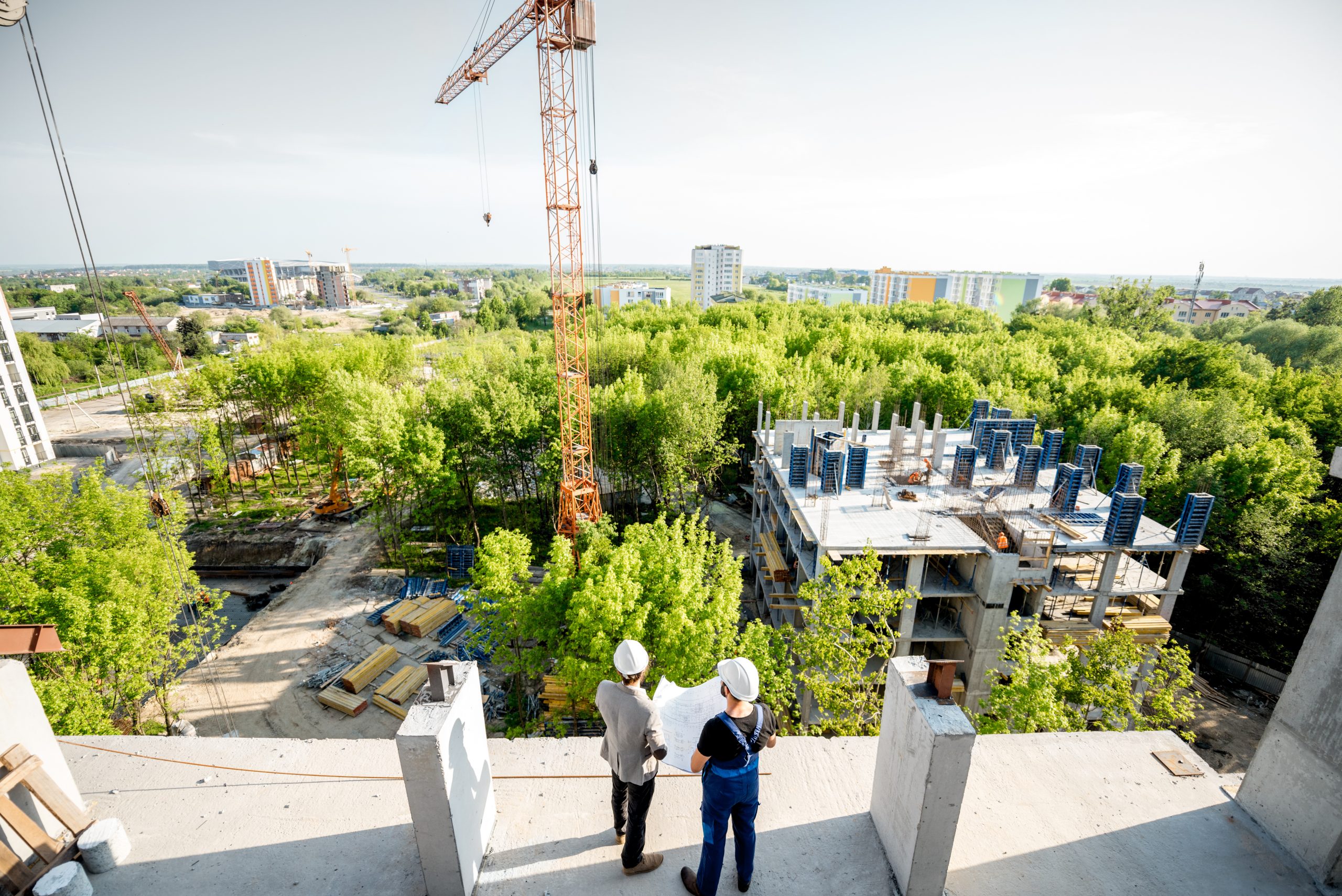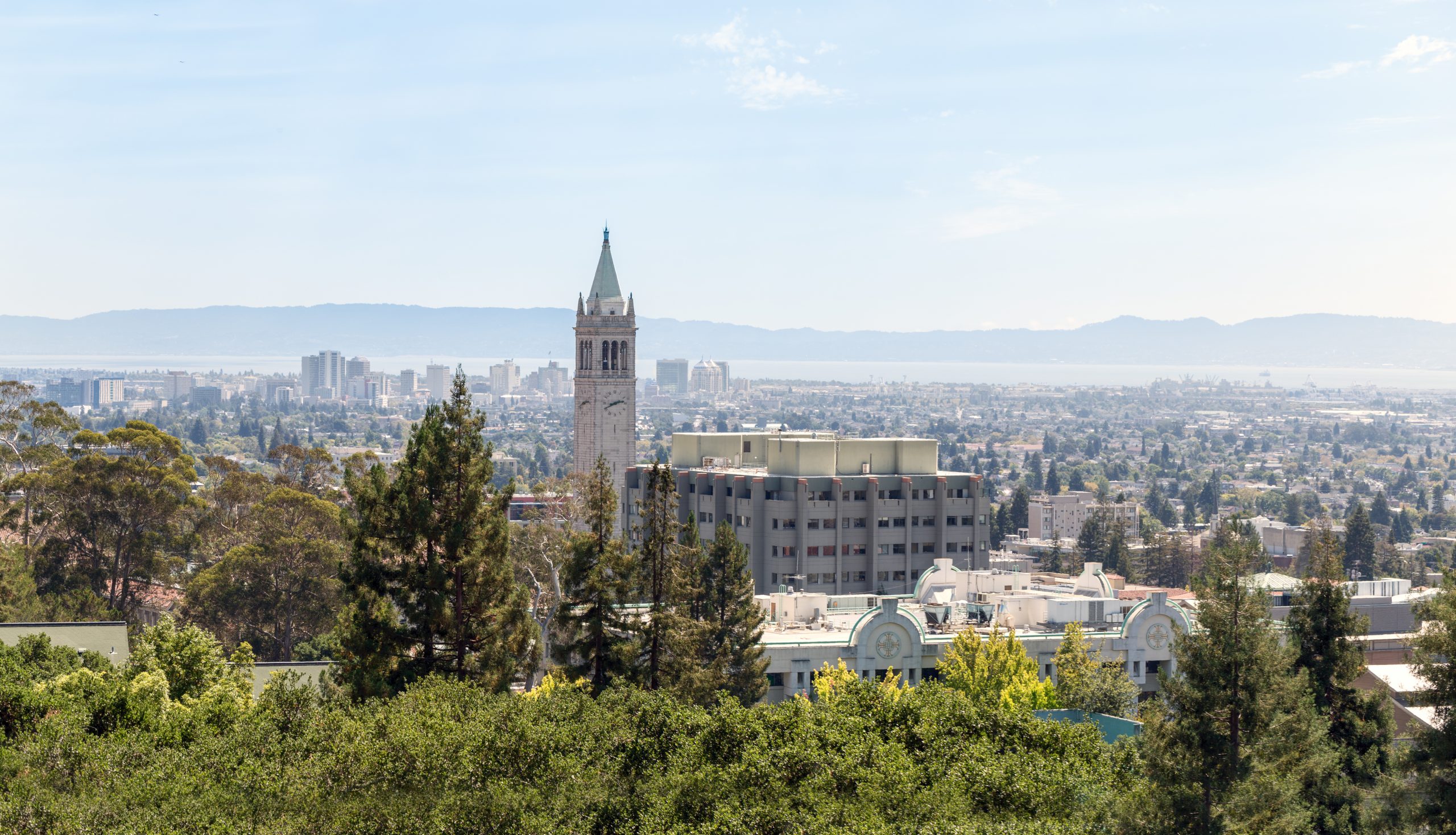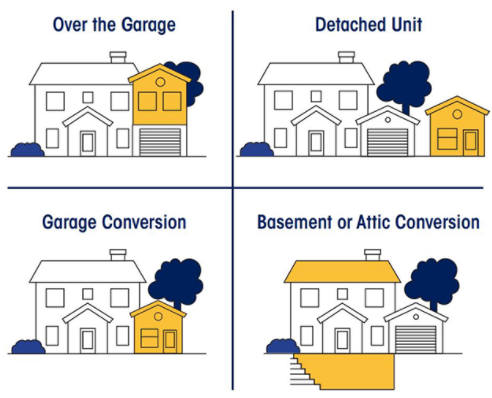SB 9 Makes it Through the Assembly but AB 1401 Dies in the Senate
Two bills that would limit local control over housing issues met very different fates this past Thursday in the California Legislature. Both were vehemently opposed by cities and groups that favor local control over land use decision making. One was opposed by housing equity groups.
Senate Bill 9
Senate Bill 9 (“SB 9”) would, among other things, require a city or county to ministerially approve (1) a two-unit housing project in a single-family zone, (2) the subdivision of a parcel zoned for residential use into two parcels, or (3) both.
SB 9 could unlock substantial housing production in single-family neighborhoods, where opposition to multi-family housing projects is typically greatest. Many of the lots in these districts include only a single-family home and maybe an Accessory Dwelling Unit (which cannot be separately sold). SB 9 would allow each existing single-family lot to be ministerially subdivided into two lots, and require ministerial approval of a duplex on each of the lots.
According to the Terner Center for Housing Innovation at UC Berkeley, SB 9 has the potential to allow for the development of nearly 6 million new housing units statewide.
Assembly Bill 1401
Assembly Bill 1401 (“AB 1401”) would limit minimum off-street parking requirements for projects located near a “major transit stop” (generally a train station or bus station with high frequency headways).
AB 1401 is hardly radical legislation. When first introduced by Assembly Member Friedman in February 2021, the bill prohibited public entities (cities and counties) from imposing or enforcing minimum parking requirements on residential, commercial, or other development that is located within one-half mile walking distance of a “major transit stop” (generally a rail stop or a bus stop with frequent headways). As last amended on July 5, 2021, the bill eased the prohibition for smaller cities. A city with a population of 75,000 or more that is located in a county with a population of less than 600,000 was only prohibited from imposing the parking minimums on projects located within one-quarter mile of a major transit stop, and a city with a population of less than 75,000 was not subject to any prohibition.
Studies show that eliminating minimum parking requirements for projects located near transit routes supports the state’s housing goals by reducing the cost to deliver housing and allowing more dwelling units on a development site. Eliminating parking requirements near transit also advances the state’s environmental goals by reducing emissions from cars.
Wait, the Parking Bill is the One That Died?
Both SB 9 and AB 1401 sailed through their respective policy committees in both the Assembly and the Senate with large vote margins in support. Both were vehemently opposed throughout by local governments and groups that advocate for “local control” over land use decision making. Yet AB 1401 was referred to the “suspense file” in the Appropriations Committee, where ambitious legislation often goes to die, while SB 9 was not.
It is hard to know exactly why bills are referred to the “suspense file.” The “suspense file” is intended to be a place to evaluate whether to advance a bill that could have a significant fiscal impact. But committee analyses of both SB 9 and AB 1401 show that both bills were anticipated to have the same annual impact on the budget (SB 9: $89,000 and AB 1401: $97,000).
A more plausible explanation emerges when one considers the groups opposed to the changes the bills would bring. It is not surprising that numerous suburban cities and local government groups opposed both bills (SB 9 faced even greater opposition from these groups than AB 1401). However, the opposition to AB 1401 was more diverse. Affordable housing advocates argued that eliminating parking minimums for market rate development would reduce incentives for developers to create the affordable dwelling units required to reduce parking requirements using the Density Bonus Law. In addition, environmental groups objected to the reduction of parking near transit as inconsistent with equity goals.
Decline in Value Real Estate Tax Appeals Due September 15
The deadline to appeal the valuation of property for real estate tax purposes is September 15 for both San Francisco and Alameda Counties. Such an appeal would be appropriate due to a decline in property value because of the impact of Covid-19 and the related business shutdowns. If you need more information, please contact Kevin Rose at krose@reubenlaw.com (415.567.9000). Other counties may have different deadlines, so you should check with your local County appeals board to confirm the deadlines.
Authored by Reuben, Junius & Rose, LLP Attorney Matthew Visick.
The issues discussed in this update are not intended to be legal advice and no attorney-client relationship is established with the recipient. Readers should consult with legal counsel before relying on any of the information contained herein. Reuben, Junius & Rose, LLP is a full service real estate law firm. We specialize in land use, development and entitlement law. We also provide a wide range of transactional services, including leasing, acquisitions and sales, formation of limited liability companies and other entities, lending/workout assistance, subdivision and condominium work.


